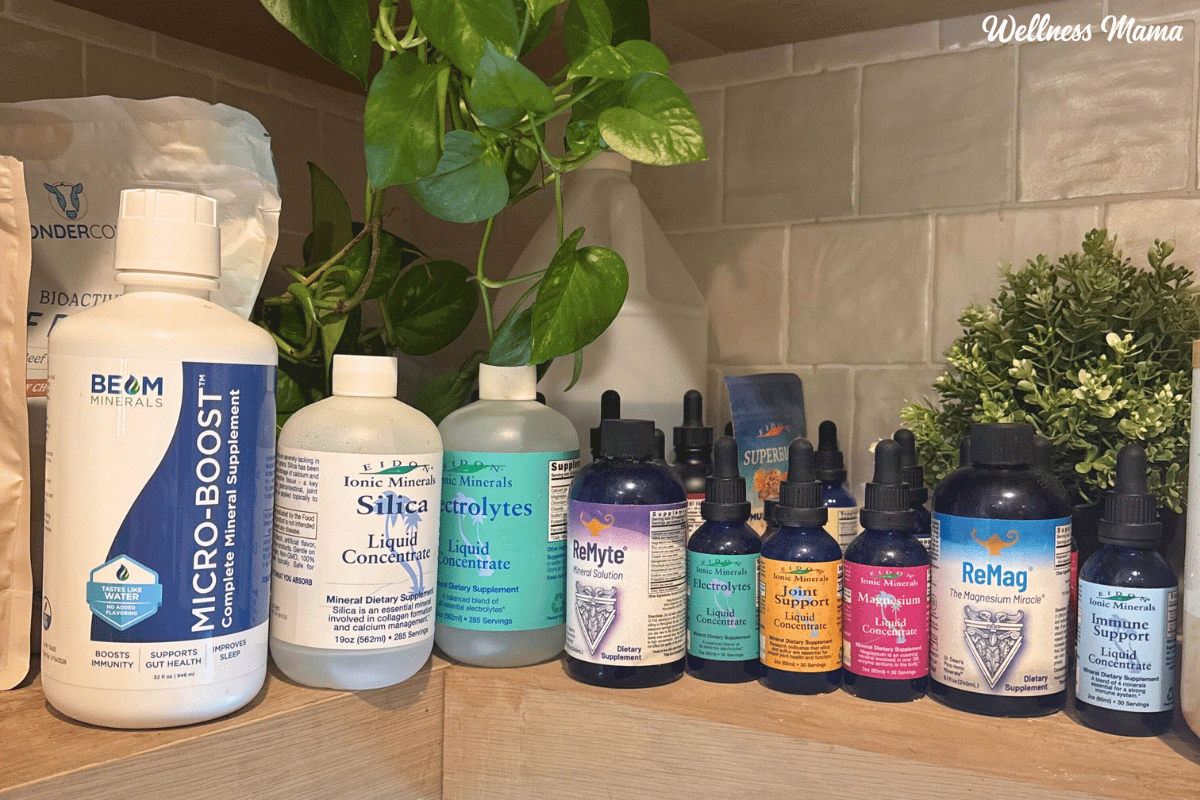CANNABIS CULTURE – This is the second installment in a series on IPM (Integrated Pest Management). This article covers the core considerations of knowledge and resources, planning and organization, and communication.
Article 1 is found here.
Knowledge is half the battle
Pests are any living thing that is causing harm to something humans care about. Seeing holes chewed in a fan leaf or discoloration on a flower immediately tells you that something is wrong, that a pest may be present. But just knowing there is some kind of pest around is not enough. Why? Because every species that may interact with your plants has different biological characteristics that define its potential as a pest, how you can monitor them, and what you can and cannot do to effectively manage them.
Identifying and understanding your current and potential pests is the first important step in forming your integrated pest management (IPM) programs. Collect and identify organisms around your plants. Use reliable reference materials to identify them such as resources from state Extension services, the USDA, or websites like those of the American Phytopathological Society. For diseases and small insects, usually the help of an expert is needed. Refer to published surveys of Cannabis pests to determine which have the potential to show up around your plants. Next you can explore each species and develop profiles with information on the timing and locations of their different life stages, preferred food or host, the environmental conditions they need, and more.
In addition to the biological information about your pests, you should also find and record the possible management strategies available to you that fit into your national, state, and/or local regulations. You should learn about the tools, technologies, and techniques that will help you monitor and record the levels of your pest. For example, diseases may need hands-on examination, some insects could be passively caught with sticky traps, and some pests may have well-developed specialized techniques involving custom traps or pheromone lures.
Planning your programs
That’s right, “programs,” plural. Each of your current and potential pest insects, weeds, or diseases must have a separate IPM program planned and written out for it. This organizational effort is the time to apply all the knowledge you gathered previously. Each program should include:
- Biological information on the pest
- The method of general monitoring you will perform to detect overall changes in overall plant health or new potential pests
- The pest’s signs (physical parts or products of the pest such as insect feces or fungal spores) and symptoms (the reaction of the plant to the activity of the pest) that help diagnose its presence
- The methods of scouting to be used to assess the pest’s population and how you’ll record that information
- The specific management tactics you can use for both preventive and reactive management
- The level of the pest at which you will take specific management actions to prevent plant or yield loss (called an action threshold)
- The methods you’ll use to assess how well your management tactics worked
Write out each plan in as much detail as you are able. Bear in mind that it won’t be perfect – IPM programs are designed to change! Each program is a constant cycle of improvement. Tactics will be added and removed. Action thresholds will change as you hone in on your tolerance levels for different pests. When each plan is ready to be implemented, be sure they are accessible to everyone involved with your plants. This information should be freely available to all to increase understanding of and buy-in for your IPM.
Communication is key
Communication among all parties is critical. This begins within each individual. You must be open to and seek out new pest information, or in other words, you need to stay informed. Find reliable sources of new information that are relevant to you and your growing situation. Attend grower conventions, IPM conferences, and related events where some of the newest most up-to-date information is being discussed. Just as important as all of these is knowing how to also recognize unreliable sources that may lead you astray. These activities will keep you knowledgeable about potential incoming issues so you are never caught flat-footed.
Moving outward from the individual, the next level of communication exists between members of your group. For a homegrower, this is pretty simple. Talk with others in your household about concerns with your plants and how to work together. In commercial growing operations, this is where communication gets a little more complicated. First, you need to determine how your staff can effectively communicate about IPM matters. This could mean emails, weekly check-in meetings, Slack or WhatsApp groups, or any other format you choose. The important part is that everyone agrees to use this standard communication procedure so you have their commitment. Second, determine your chain of command for communicating. Establishing who talks to who will prevent miscommunication, missed messages, and mixed signals that could result in a plant health emergency. This also helps solidify the responsibilities of each party. Finally, determine what should be communicated. This should be shaped by what information is relevant to or is on a need-to-know basis for each group within the operation. This step is especially important when deciding what training is needed for each group. Topics like general sanitation, pest prevention, scouting, pesticide application, and others will be more or less relevant to different groups. However you divide up the details, it is important to give a general overview or debrief to all team members on the status of IPM and plant health. Everyone from cultivation to facilities plays a part in keeping the plants healthy, so everyone deserves to be updated on occasion.
The next level of communication lies between growers. A homegrower likely knows their other local homegrowers. Discussing issues and strategies can be an important way to expand your home IPM programs and potentially help others. In commercial growing, guarding proprietary information can hamper communication between companies. While there is certainly some information a commercial grower may need to protect, the general discussion of issues and solutions will only help the industry as a whole to predict, prevent, and cure problems that may negatively impact us all.
Finally communication reaches beyond the grow operation itself and to the public. Commercial growers try to connect with current and potential customers about their products. Of course communication is a two way street, and the public also asks many questions of growers when determining what brands to support. Being able to describe robust, environmentally-conscious IPM solutions to plant health issues that eliminate pesticides can be an important selling point for many consumers.
The next installment in this series on IPM will focus on describing the different categories of management tactics you may incorporate into your programs. Stay tuned!
Original Article










